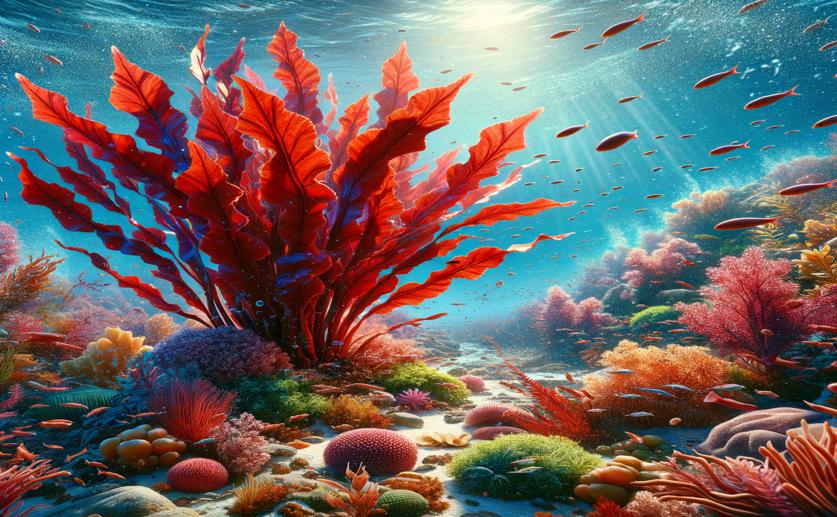
Understanding the Biology and Ecological Role of Red Seaweed in the Andaman Sea
Jim Crocker
11th August, 2024

Image Source: Natural Science News, 2024
Key Findings
- Researchers at Bihar Agricultural University studied the red seaweed Tricleocarpa fragilis along the South Andaman coast
- The highest biomass production of T. fragilis occurred in March, with optimal seawater conditions of 34°C temperature, pH 8, and salinity 32 psu
- The seaweed contains bioactive compounds, including n-hexadecanoic acid, which have significant antimicrobial properties
References
Main Study
1) Insights into the physiology, biochemistry and ecological significance of the red seaweed Tricleocarpa fragilis in the Andaman Sea
Published 10th August, 2024
https://doi.org/10.1186/s12870-024-05452-3
Related Studies
2) Induction of apoptosis by three marine algae through generation of reactive oxygen species in human leukemic cell lines.
Journal: Journal of agricultural and food chemistry, Issue: Vol 53, Issue 5, Mar 2005
3) Taxonomy, purification and chemical characterization of four bioactive compounds from new Streptomyces sp. TN256 strain.
4) Phenol, 2,4-bis(1,1-dimethylethyl) of marine bacterial origin inhibits quorum sensing mediated biofilm formation in the uropathogen Serratia marcescens.



 8th March, 2024 | Jim Crocker
8th March, 2024 | Jim Crocker